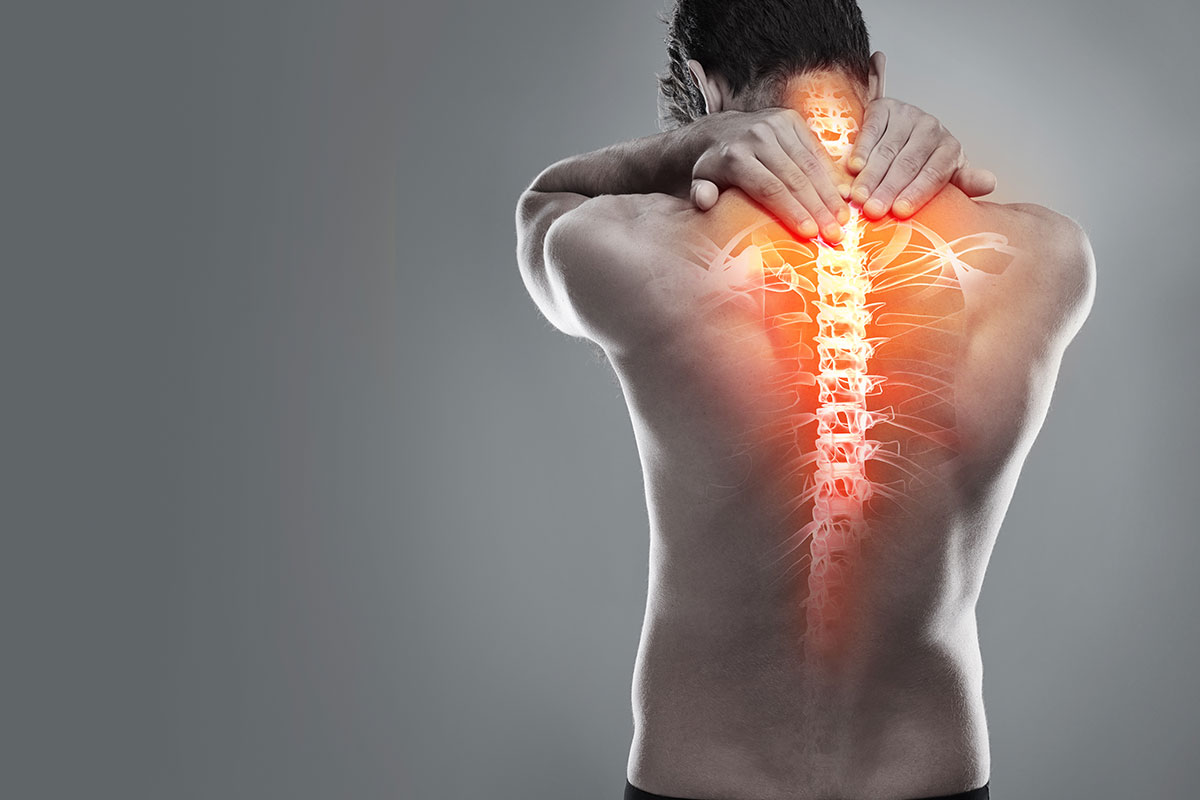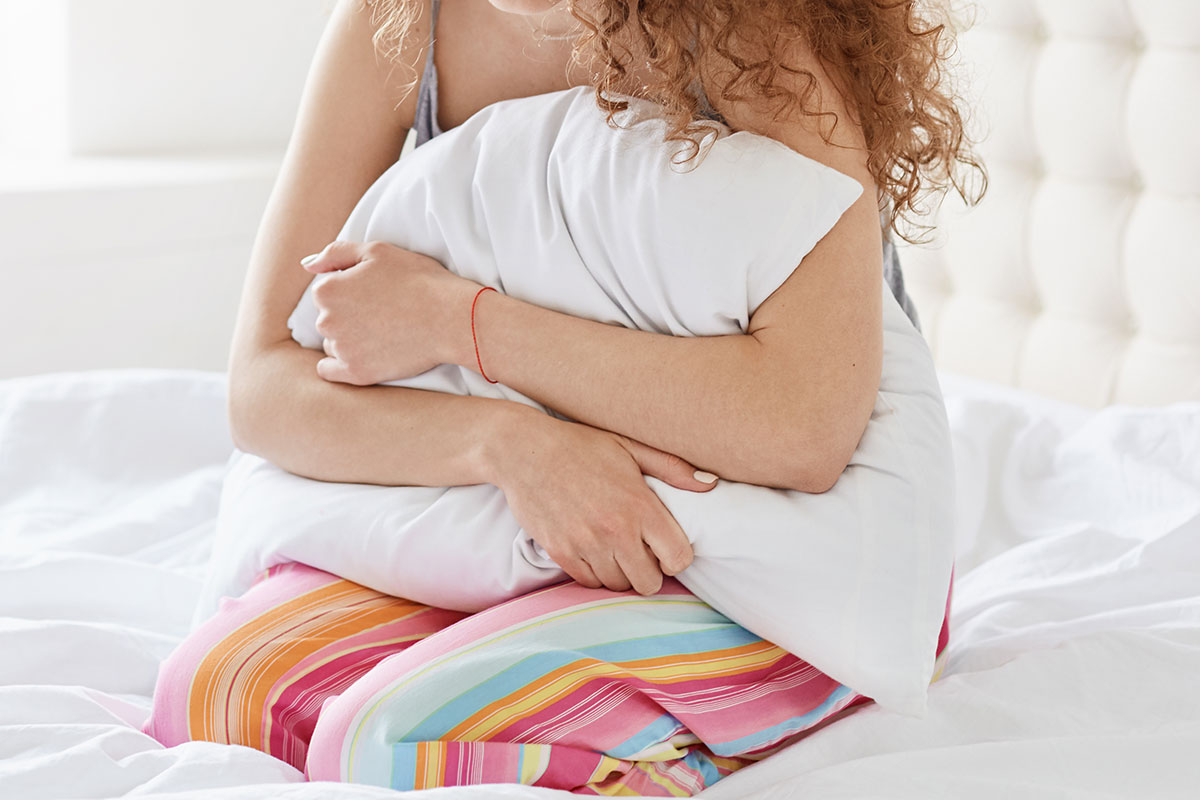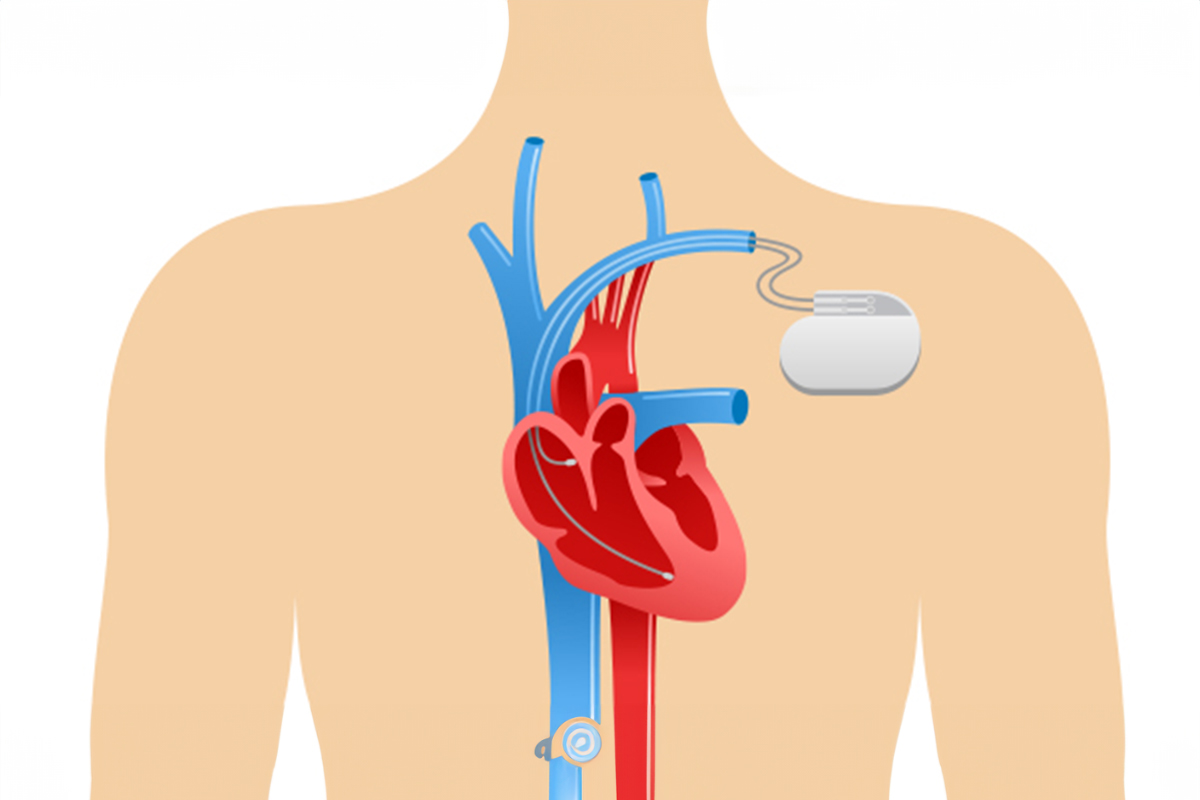
Everything You should Know About Osteoporosis
By Dr. Shishir Kumar in Orthopaedics & Joint Replacement
Oct 15, 2020
Introduction
As people age, calcium is lost from the skeleton and there is overall loss of bone mass. This leads to pain in the bones, easy fatiguability and chances of bones to fracture. So if you areworried about ageing & aching bones and you need to know how to prevent bone loss – then read on to on how to best avoid osteoporosis from setting in.
Bone is a living and growing tissue that changes throughout the lifespan of an individual. Osteoporosis is witnessed as a common bone issue and is known as “porous bone”, where in the holes and spaces are much larger than in a healthy bone. It is a disease in which bones tend to lower their density and lead to brittle bones. In turn bones become so weak and brittle that it increases the risk of fracture. At times, it gets so bad that bones break from a fall or in severe cases from minor bumps. Here we’ll try to discuss this topic in depth including osteoporosis prevention. We’ll understand what can you do to effectively prevent bone loss and also why it goes undetected for a long time in many patients.
What causes osteoporosis?
Our bones are in a constant state of renewal- new bone is made and the old one is broken down. From the moment of our birth to young adulthood the bones are constantly strengthening and developing.Our bones undergo a process known as remodelling, where our bone cells begin to dissolve bone matrix (resorption), while new bone cells form osteoid (formation). Thus, our bones attain the highest density called the peak bone mass in our early 20’s. As we age, mostly after 30, the process of bone loss outweighs the growth pace of new bones, thus weakening the bones and making it prone to fracture.Bone mass changes over the life span of an individual. In women, bone mass increases rapidly from the time of puberty until approximately the mid-20s to mid-30s, at which time peak bone mass is reached. Once women reach peak bone mass, a few years of stability are followed by a slow rate of bone loss, beginning well before the onset of menopause. After menopause, the rate of bone loss is quite rapid––as much as 7% per year––for up to 7 years, as a consequence of estrogen deficiency. In later life bone loss continues, albeit at a slower rate, generally 1% to 2% per year; however, some older women may lose bone density at a higher rate.
Osteoporotic fracture:
Osteoporosis is often a silent disease because one can’t feel the bones becoming weak. Around the world, 1 in 3 women and 1 in 5 men aged fifty years or over are more prone to bone risks.The first sign of osteoporosis is often breaking of a bone or a hunched upper back. But it is quite a complication especially with older patients. The bone breaks are likely to occur in hip, wrist or spine area. Out of these, the vertebral (spine) and the hip fractures are of grave concern. Now, why that is so is because these fractures can lead to:
- Loss of height
- Intense back pain and deformity (Dowager’s Hump)
- Limited mobility and a stooped posture
- Hip fractures generally lead to death within one or two years
Prevention and treatment:
The good news is that osteoporosis is now a largely a treatable condition. By introducing certain dietary changes and making some lifestyle modifications, it can be prevented. It affects men and women of all races, but white and Asian women, especially women post menopause are at high risk.
Some of the ways to prevent osteoporosis are:
Healthy diet:
- A diet which incorporates food rich in calcium and protein will be crucial factor to ensure good bone health. Adults need 700 grams of calcium per day. Getting adequate amount of calcium throughout might offer a shield against osteoporosis.
- As women usually have lower bone density as compared to men and oestrogen loss can worsen it. A daily recommended dose is always a safer way to go about it.
- 1,000 mg for women below 50 years of age
- 1,200 mg for women above 51 years of age (https://www.hopkinsmedicine.org/health/conditions-and-diseases/osteoporosis/what-you-can-do-now-to-prevent-osteoporosis)
- The studies indicate that adults get only half the amount of calcium their body actually needs. So, introduce foods like low fat diaryproducts, calcium fortified foods like cereal, tofu or salmon with bones to get the level of calcium which the body needs.
Vitamin D intake:
Apart from calcium, our body also needs the right amount of Vitamin D to help absorb the calcium we consume and maintain strong bones. The best natural source of Vitamin D is sunlight, and is also available in vitamin-enriched products. Adults should consume 10 micro-grams a day. However, it is difficult to get the right amounts of these nutrients from just diet or sunlight, so it is often recommendable to introduce supplements to boost intake and improve bone health.
Regular resistance and weight-bearing exercises:
- It is essential to stay active and indulge in various muscle strengthening and weight-bearing exercise to avoid osteoporosis.
- Weight-bearing exercises are the ones where your legs and feet support your body weight. These would include skipping, dancing, running, or even jumping on the same spot are the ones that prove useful.
- In addition to this, resistance exercises use muscle strength, where the action of the tendons pulling on the bones boost bone strength. For instance, press-ups, weightlifting, or using equipment at gym to name a few can be quite helpful.
Quit smoking and drink less alcohol:
Having more than 2 drinks per day is deemed to be linked to reduced higher chance of bone loss. Additionally, smoking doubles the chance of bone loss and fractures by keeping the hormone oestrogen from functioning well. Moreover, some findings also prove that colas, more than other carbonated drinks, lead to loss of bone mass. It is the extra phosphorus in such drinks that keeps absorbing the calcium in our body.
Precautions for older adults:
Older adults tend to suffer from malnutrition as they consume less so they are not able to extract the right amount of proteins and vitamins. It is important to consume supplements to further the intake especially when they stay indoors more.
They should try to prevent falls, inside or out.
Drug therapy
Numerous drugs are now available to combat osteoporosis. They can be classified in the category of either those drugs which prevent removal of calcium from bone or those which add calcium to bone. Most of these drugs have specific indications of use and have serious side effects and should not be prescribed without the advice of physicians
Consulting a specialist:
Being aware of the risk factors related to osteoporosis and getting it diagnosed and treated early is crucial to maintain a healthy body. Thus, it is essential to consult the best bone specialist around. Thus, we at #shishirspine aim to provide solutions to issues regarding orthopaedic care. So, whenever questions surface or symptoms show up, it is indeed important to seek advice of a specialist at the earliest.
As it is rightly said, “Prevention is better than cure”, is saves us the pain from going through entire treatment when the damage has been done.







